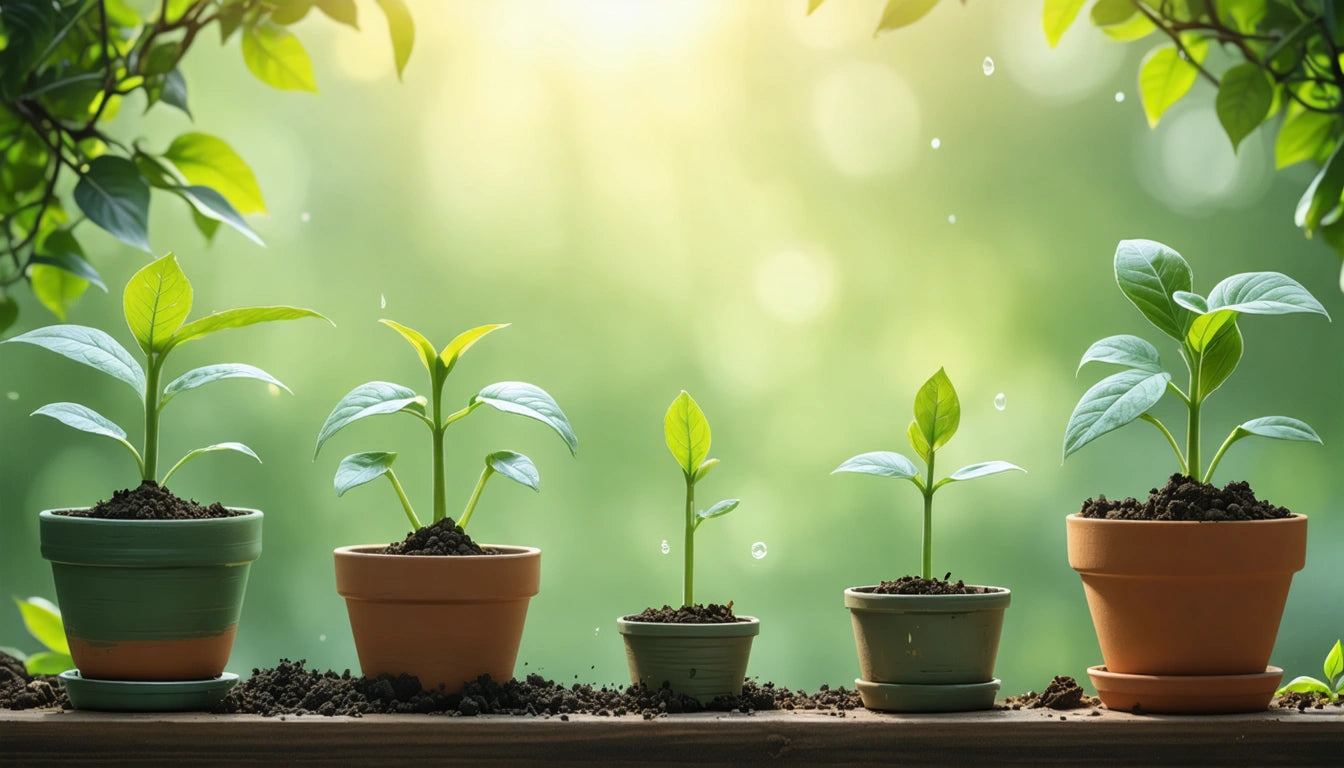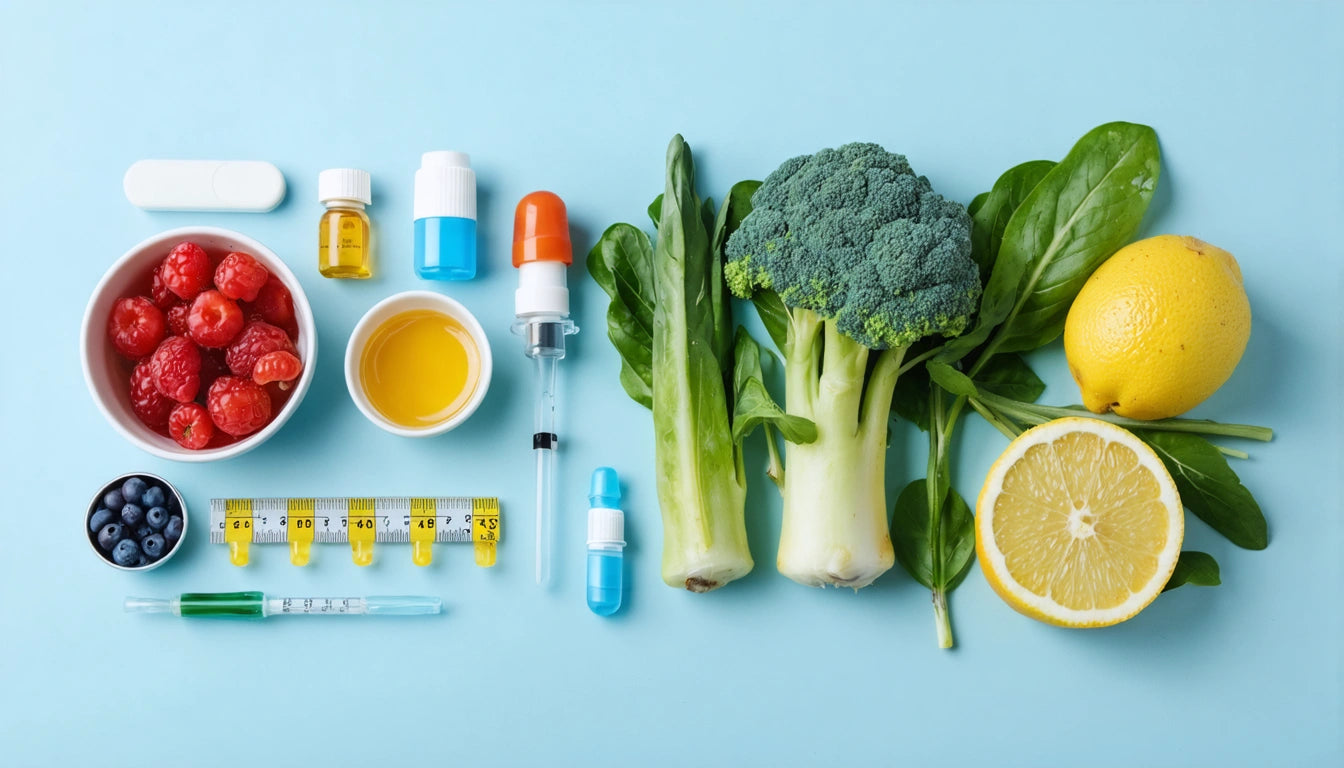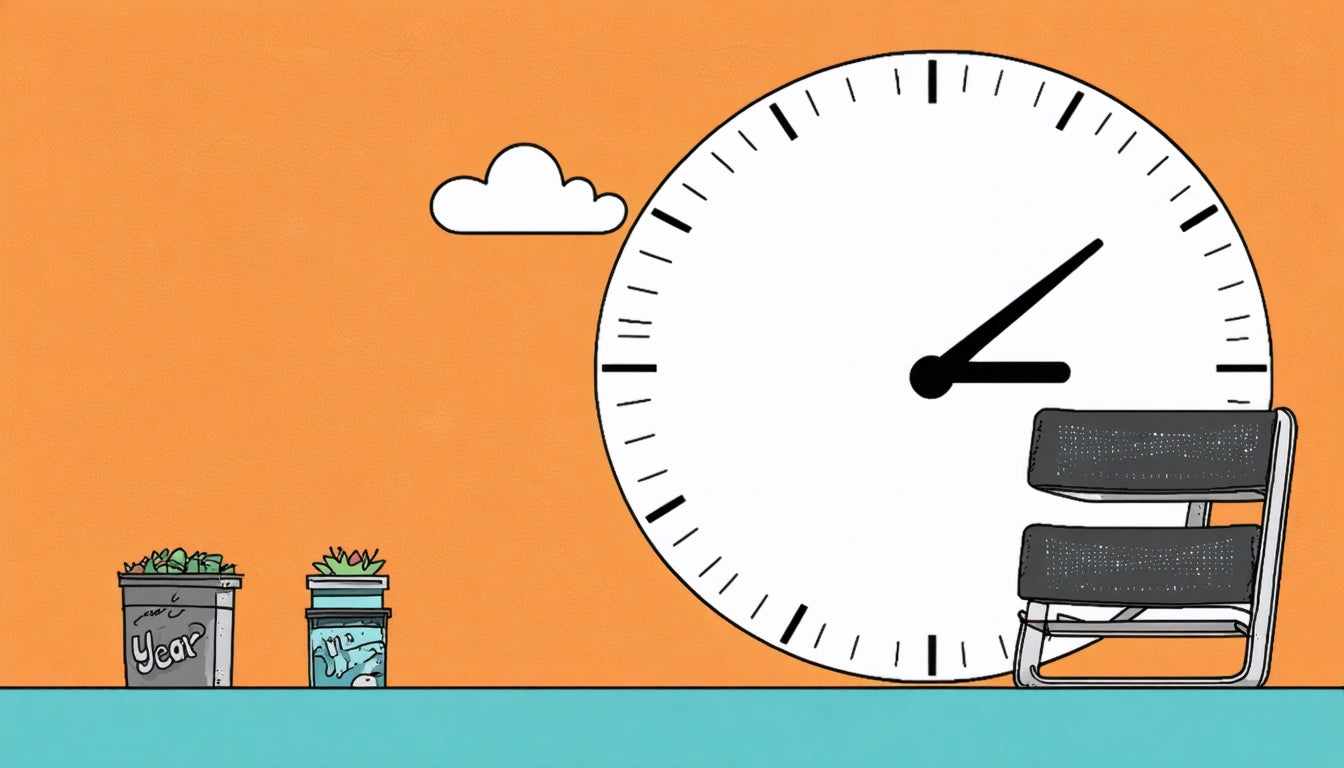Comprehensive Guide to Growing and Caring for Potted Plants
Growing plants in containers offers flexibility, convenience, and the ability to garden in limited spaces. Whether you're cultivating herbs on a windowsill, flowers on a balcony, or vegetables on a patio, understanding how to grow pot plants successfully requires knowledge of several key factors. This guide will walk you through everything you need to know about starting, maintaining, and troubleshooting potted plants.
Choosing the Right Containers and Soil for Potted Plants
The foundation of successfully growing potted plants begins with selecting appropriate containers and soil. Container selection impacts drainage, root development, and overall plant health.
Container Selection
When deciding how to pot plants properly, consider these factors:
- Size: Choose a pot that allows for 1-2 inches of growth space around the root ball
- Material: Clay, plastic, ceramic, and fabric each offer different benefits for moisture retention and insulation
- Drainage: Ensure containers have adequate drainage holes to prevent root rot
- Weight: Consider the final weight when filled with soil and a mature plant
For specialty plants like bonsai, specific potting techniques are required. Learning how to pot a bonsai plant involves shallow containers and specialized soil mixtures that support the miniaturization process.
Soil Selection
Standard garden soil is too dense for container gardening. Instead, use:
- Commercial potting mix specifically formulated for containers
- Soilless mixes containing peat, perlite, and vermiculite for excellent drainage
- Custom blends based on plant type (succulents, vegetables, flowers)
Many gardeners wonder, "Can you use Miracle-Gro on pot plants?" While Miracle-Gro products can benefit container plants, choose formulations specifically designed for potted plants and follow dilution instructions carefully to avoid fertilizer burn.
Starting Potted Plants: Seeds vs. Transplants
When learning how to start a pot plant, you have two primary options: seeds or transplants.
Starting from seeds offers variety and cost savings but requires more time and attention. To begin:
- Use seed-starting trays or small containers with drainage
- Plant seeds at the depth recommended on the packet
- Maintain consistent moisture and appropriate temperature
- Provide adequate light once germinated
For those wondering how to make a pot plant from scratch, seed starting guides provide detailed instructions for successful germination and early growth.
Alternatively, purchasing young plants from nurseries gives you a head start, especially for plants with longer growing seasons.
Watering Techniques for Container Plants
Proper watering is crucial when learning how to plant pot plants successfully. Container plants typically need more frequent watering than in-ground plants because of limited soil volume.
Watering Guidelines
- Water thoroughly until liquid flows from drainage holes
- Allow the top 1-2 inches of soil to dry between waterings for most plants
- Adjust frequency based on plant type, container material, and environmental conditions
- Water at the soil level rather than from above to prevent leaf diseases
For efficient and consistent watering of multiple containers, consider using specialized watering equipment that can help maintain optimal moisture levels without wastage or overwatering.
Light Requirements and Positioning
Understanding light needs is essential when figuring out how to grow your own pot plant. Different plants have varying light requirements:
- Full sun plants (6+ hours direct sunlight): Most vegetables, many flowering plants
- Partial sun/shade (3-6 hours direct sunlight): Many herbs, some flowering plants
- Full shade (minimal direct sunlight): Ferns, hostas, certain foliage plants
When growing indoors, position plants near appropriate windows or supplement with grow lights. For outdoor containers, observe sun patterns throughout the day to find optimal placement.
If you're wondering how to grow a flower in a pot, most flowering plants require at least 6 hours of sunlight daily. Rotate containers regularly to ensure even growth and prevent leaning.
Fertilizing Potted Plants Effectively
Container plants deplete nutrients faster than in-ground plants because of limited soil volume and frequent watering. To keep plants healthy:
- Use slow-release granular fertilizers at planting time
- Supplement with liquid fertilizer during active growth periods
- Reduce fertilization during dormant seasons
- Follow package instructions for application rates
For those wondering how to make pot plants bud or flower prolifically, proper timing of phosphorus-rich fertilizers can encourage blooming. Specialized feeding schedules can help maximize flowering potential.
Common Problems and Solutions
Even experienced gardeners encounter issues when learning how to grow pot plants. Here are common problems and their solutions:
Drainage Issues
- Symptoms: Yellowing leaves, wilting despite moist soil, mold on soil surface
- Solutions: Add drainage holes, improve potting mix with perlite, elevate pots on feet
Pest Management
- Common pests: Aphids, spider mites, fungus gnats
- Solutions: Regular inspection, insecticidal soap, beneficial insects
Root Bound Plants
- Symptoms: Stunted growth, roots circling pot or emerging from drainage holes
- Solution: Repot into a container 1-2 inches larger in diameter
When considering how to plant a pot plant in the ground, gradually acclimate container plants to outdoor conditions over 7-10 days before transplanting to prevent shock.
Advanced Growing Tips for Thriving Potted Plants
Once you've mastered the basics of how to grow pot plants, consider these advanced techniques:
Companion Planting in Containers
Many gardeners ask, "What to plant with basil in a pot?" Companion planting works well in containers too. Basil pairs excellently with:
- Tomatoes: They enhance each other's flavor and growth
- Marigolds: These deter pests that might attack basil
- Parsley: Makes good use of vertical space in the same container
Container Combinations
For those wondering, "Can you plant cosmos in a pot?" The answer is yes! Cosmos make excellent container plants, especially when paired with:
- Trailing plants like sweet alyssum for edge cascades
- Complementary colored zinnias for visual impact
- Herbs like thyme that thrive in similar conditions
The best way to grow a pot plant often involves thoughtful combinations that share similar water, light, and soil preferences while creating visual interest through varying heights, textures, and colors.
By following these guidelines and adapting them to your specific plants and environment, you'll be well on your way to creating a thriving container garden. Remember that observation and responsiveness to your plants' needs are the most important skills in successful container gardening.











Leave a comment
All comments are moderated before being published.
This site is protected by hCaptcha and the hCaptcha Privacy Policy and Terms of Service apply.